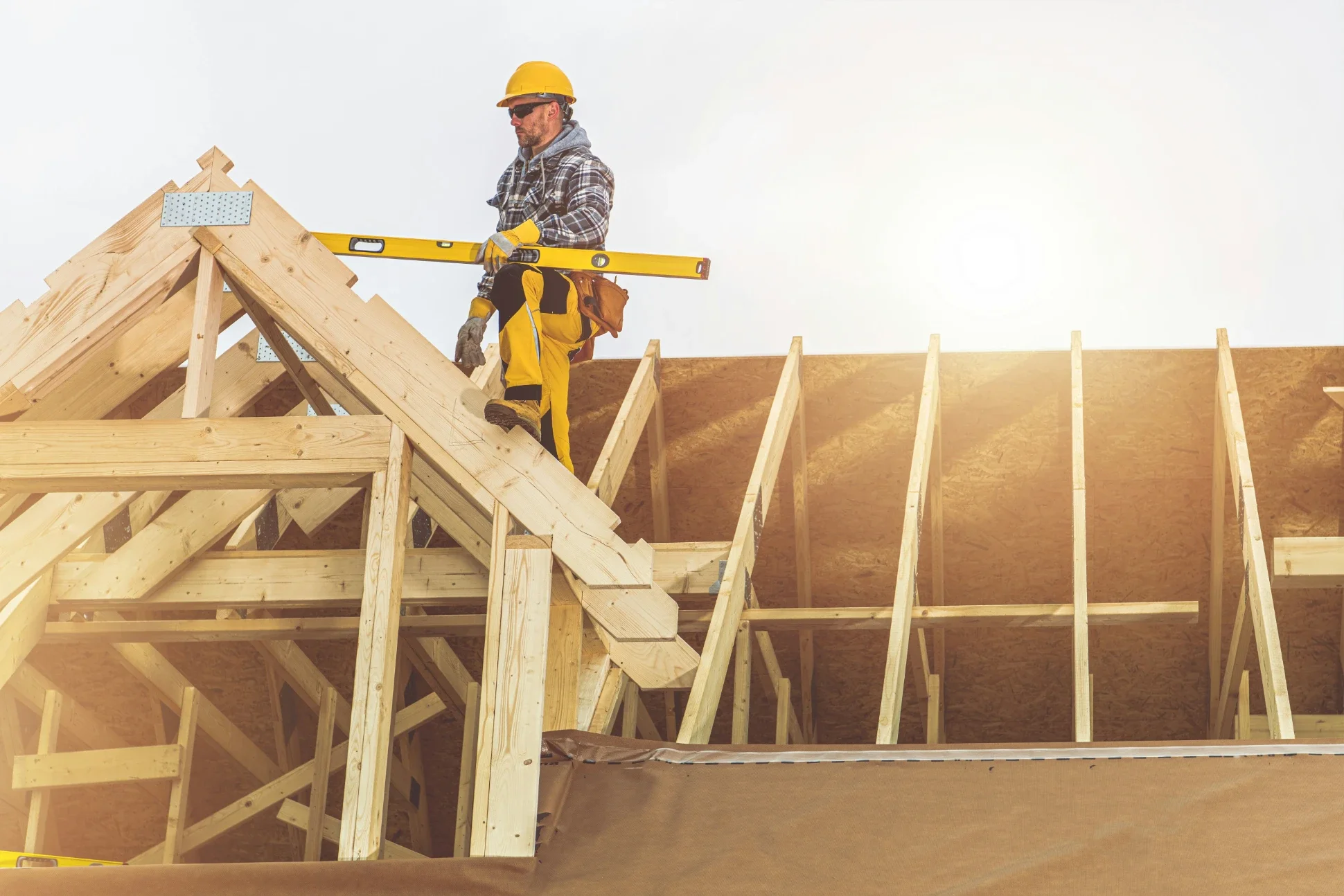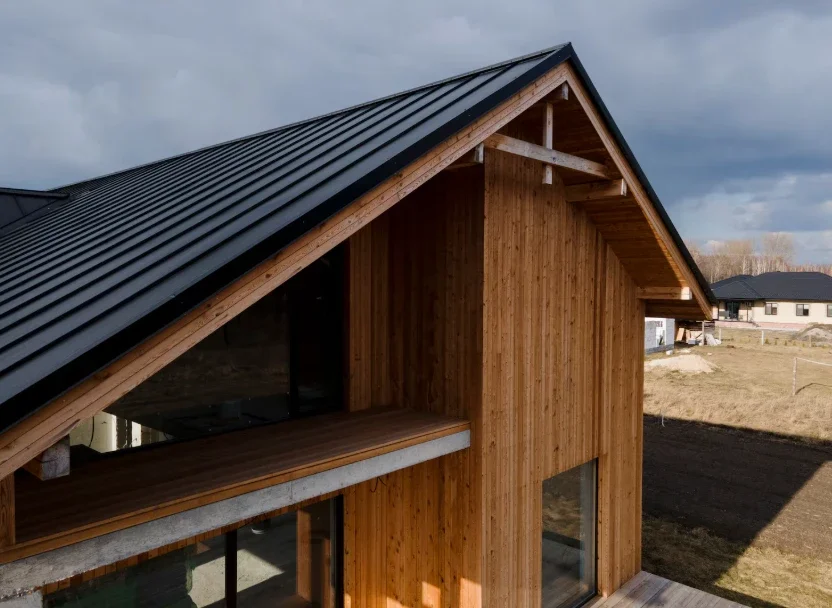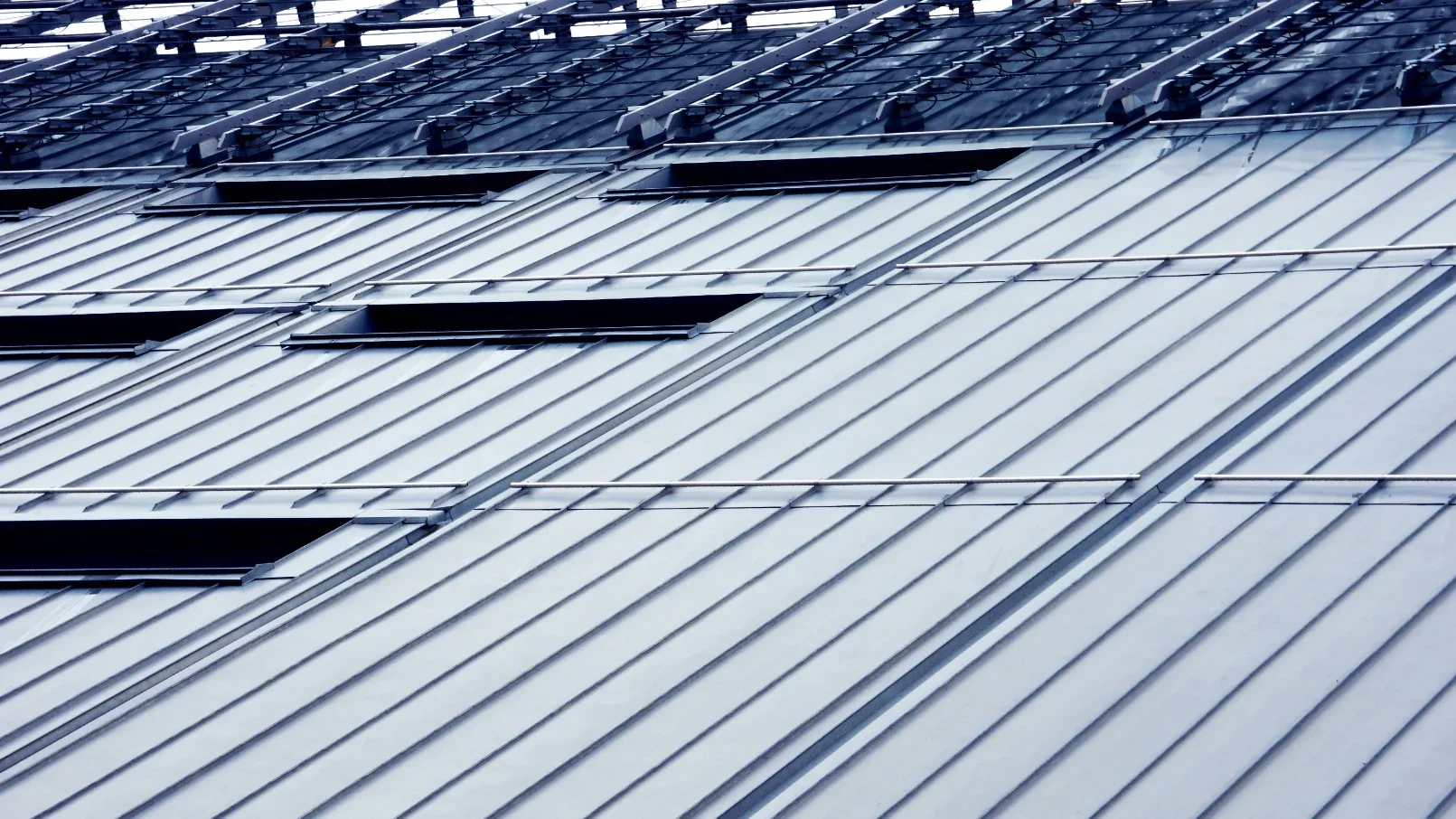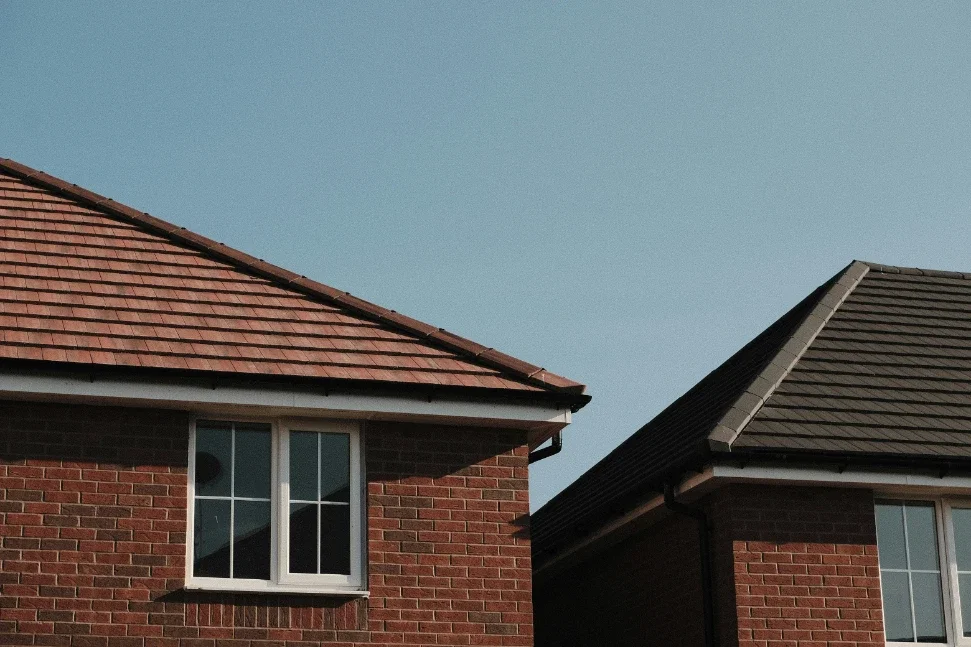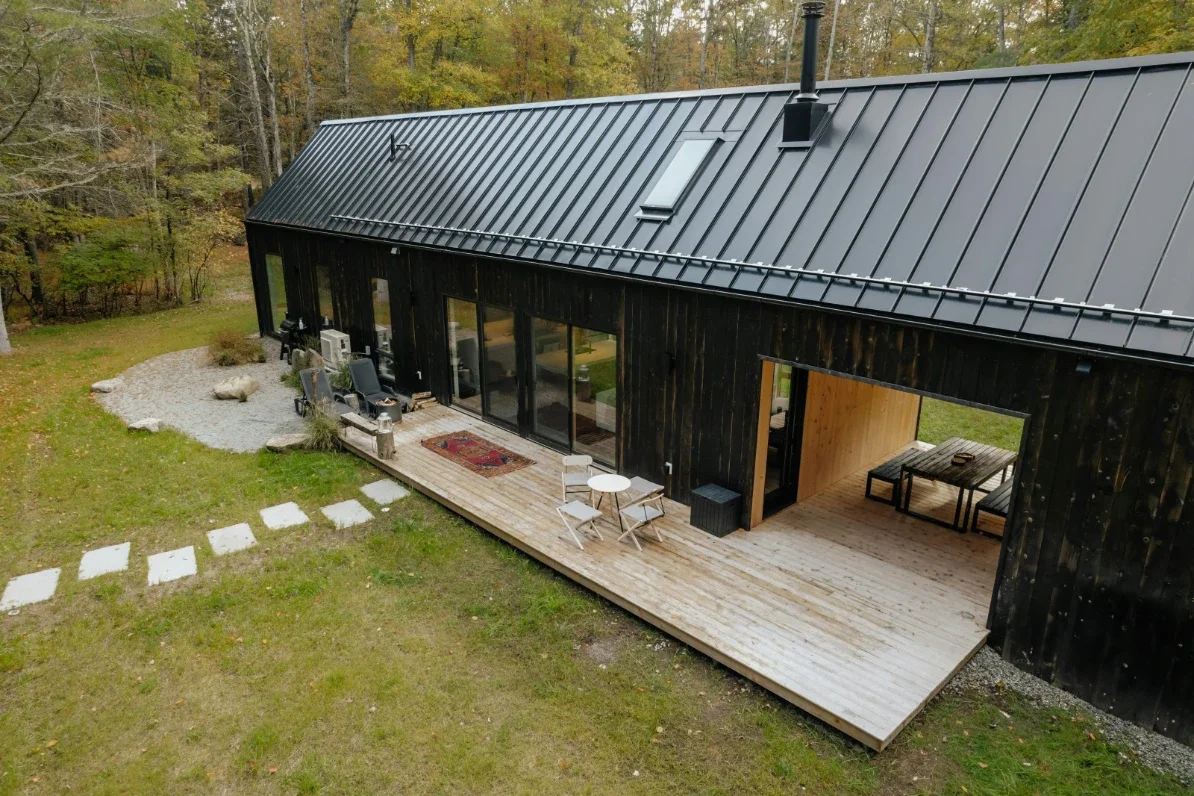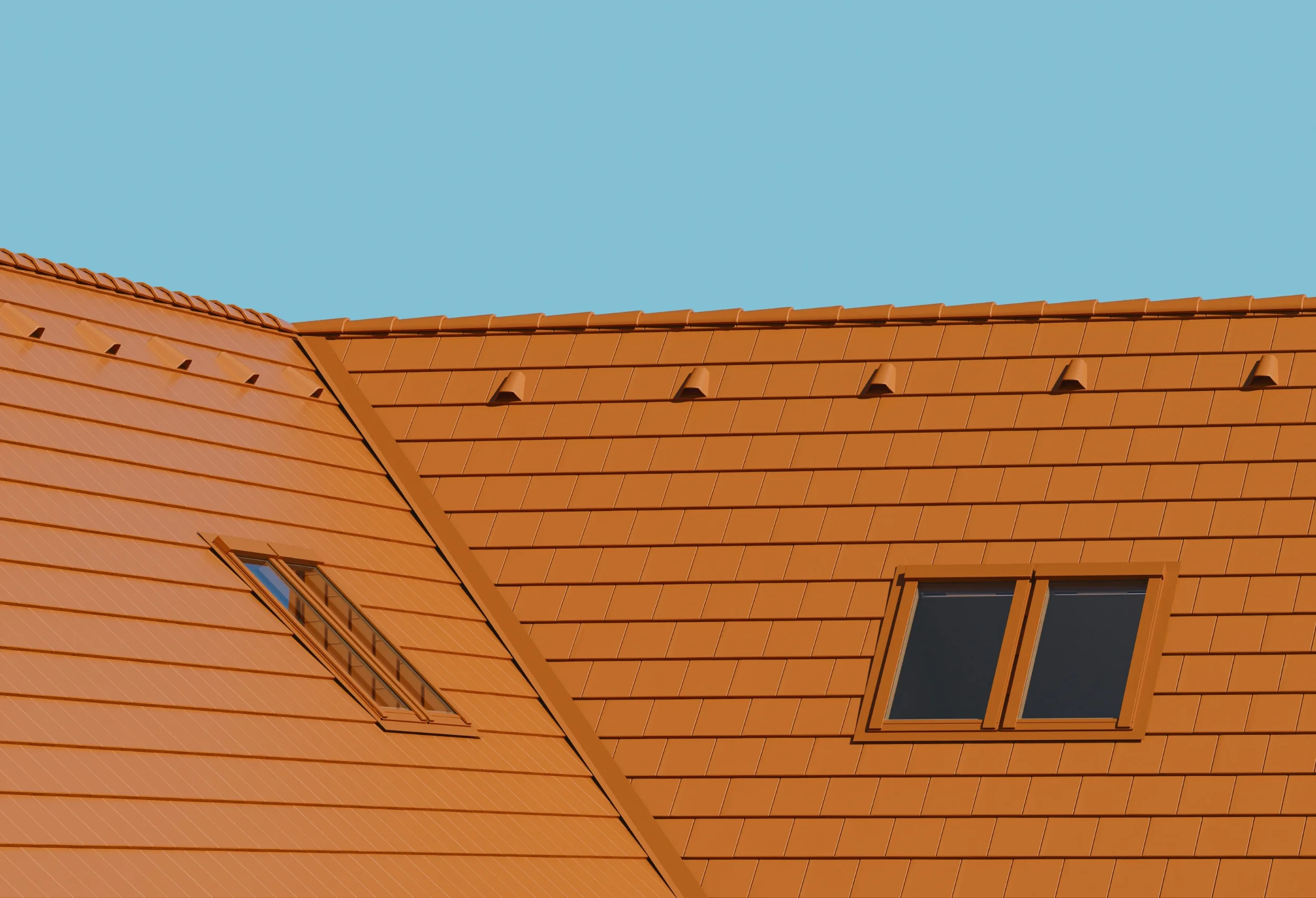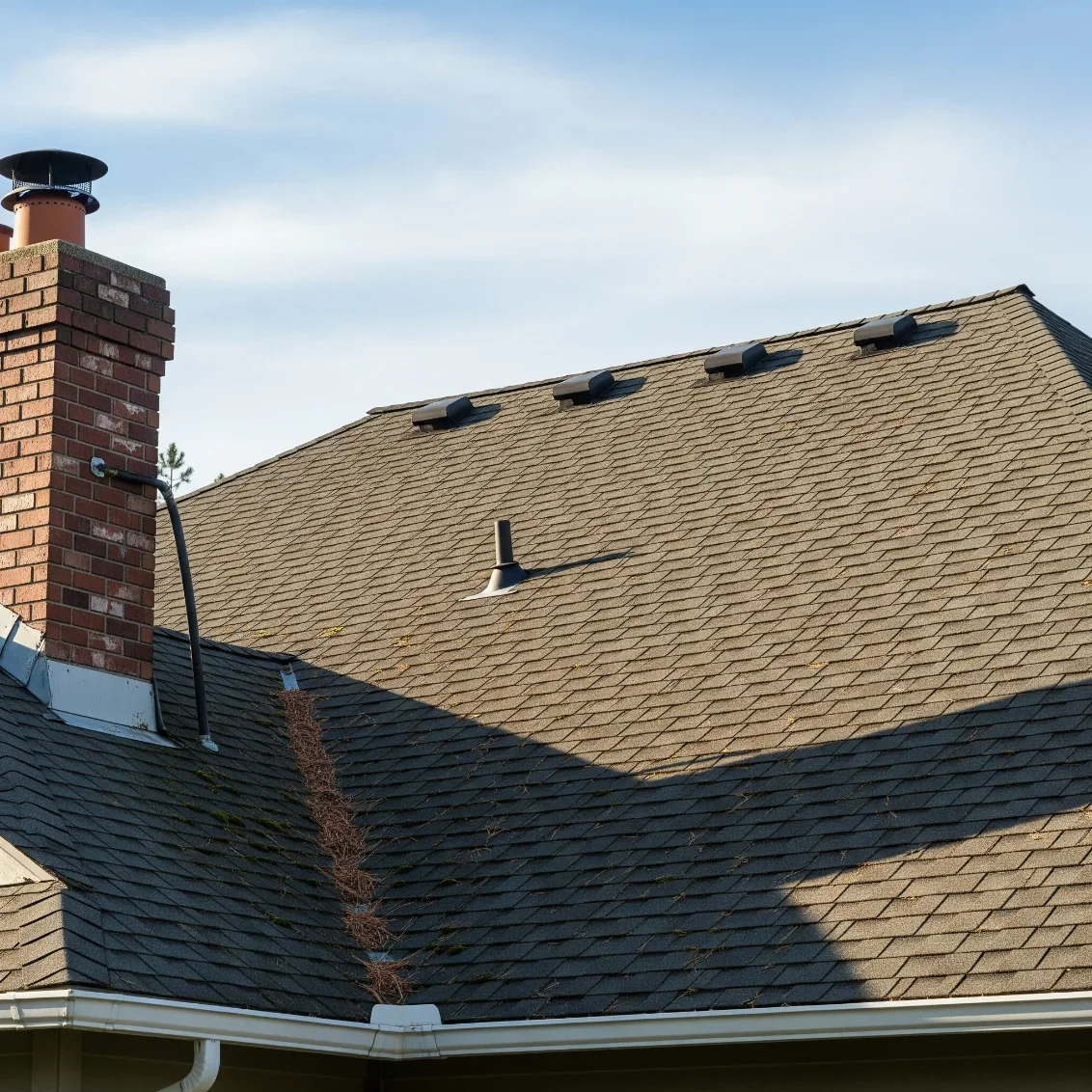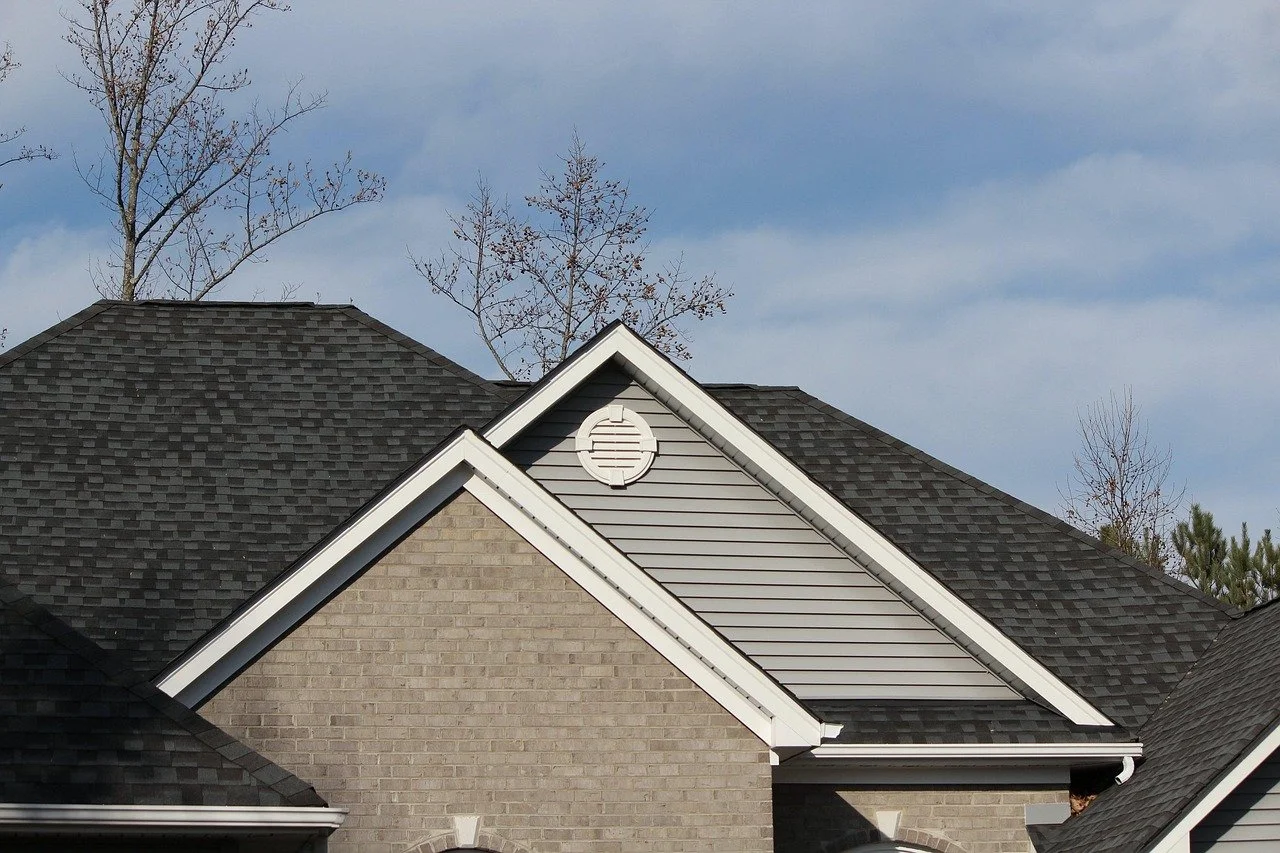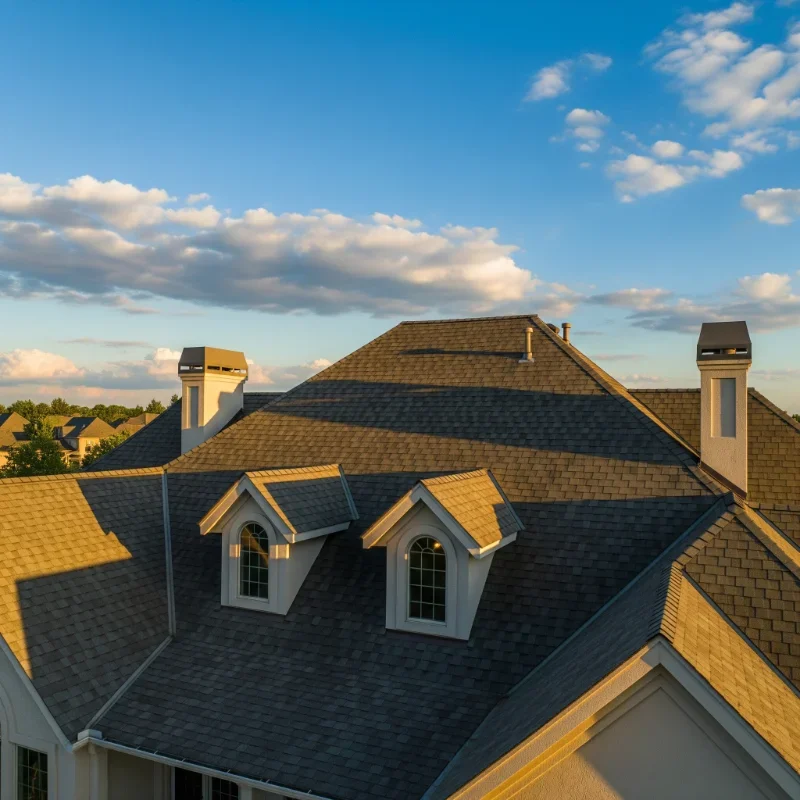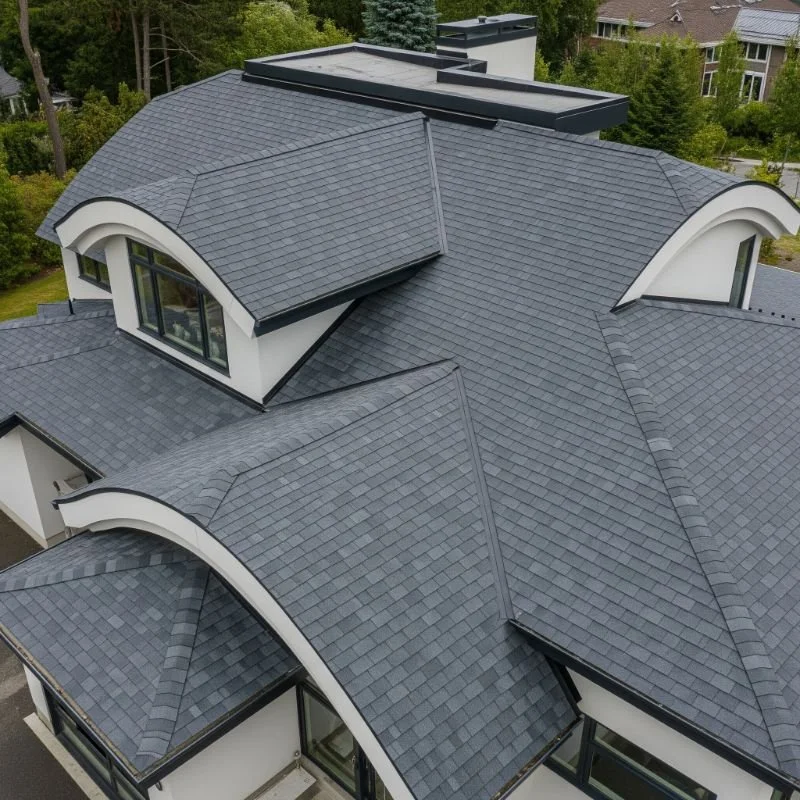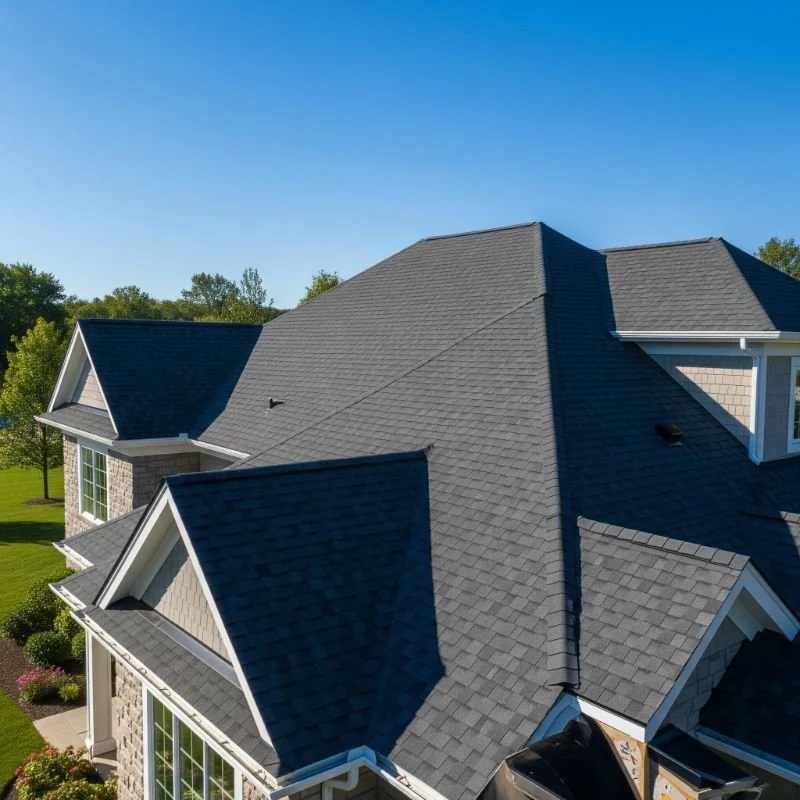Factors to Consider When Choosing Roofing Materials
Discover key factors to consider when choosing roofing materials, including durability, energy efficiency, and style to suit your home.
Your roof serves as more than a mere protective layer. It acts as a barrier against the elements and plays a crucial role in maintaining your home’s structural stability. Prioritizing long-term durability is essential when selecting roofing materials. This detailed post will delve into key considerations and highlight the top roofing materials.
Home Design
The roofing material you choose should align with your home’s architectural style. For example, asphalt shingles are highly versatile and complement almost any design, while tiles work best for antique-style homes. When it comes to color, houses painted red, green, or yellow pair well with dark roofs.
Grey or blue homes look great with either dark grey or black roofing, which also creates a striking, classic contrast on white houses. For homes in tan, cream, or brown shades, a brown roof or a mix of brown and cream tones is an excellent choice. Whatever material you decide on, ensure it harmonizes with your home’s architecture and exterior colors.
Maintenance
The choice of roofing material largely depends on the maintenance needed to keep it in top condition over time. Each material has unique requirements, making it crucial to evaluate this aspect carefully to ensure both long-term durability and cost efficiency. For example, asphalt shingles often need consistent upkeep. This includes routine inspections, cleaning, and minor repairs to avoid leaks and wear.
By contrast, metal roofs are more low-maintenance due to their durability and strong resistance to damage. They offer a more hassle-free option. You can check this metal vs shingle roof comparison guide to learn more about the maintenance and lifespan differences between the two materials.
Climatic Condition
Selecting the right roofing material requires careful consideration of your local climate. For regions with heavy rainfall, opt for materials that can resist persistent downpours and consider a sloped roof design to ensure efficient drainage of water and snow.
Humid coastal areas or homes surrounded by tall trees face additional challenges, as these conditions can promote the growth of mold, mildew, moss, or algae, potentially compromising your roof's effectiveness. To prevent this, choose roofing materials capable of enduring such environments.
For hot climates, options like terracotta, concrete, and slate tiles are excellent due to their heat resistance. Meanwhile, colder regions could benefit from heat-retaining materials such as slate, metal, or asphalt shingles.
Roofing Application
Installing a new roof, whether on a freshly built structure or an older one, significantly impacts your choice of roofing material. With both renovations and new builds, you have more flexibility since the constraints of an existing structure do not confine you.
Key considerations include the roof's framework, whether it's timber or trusses. The trusses must align with the roofing material you choose; for example, roofing tiles require closely spaced trusses to create a sturdy, leak-proof roof.
Most roofing tiles are made from soft to semi-hard materials, offering manufacturing flexibility. However, when installed on larger trusses, these materials can flex, potentially leaving sections prone to leaks.
On the other hand, small and large corrugated roofing sheets often require fewer trusses. This is because they are typically made from full-hard materials, which are more rigid and less likely to bend, minimizing the risk of leaks once installed.
Endnote
Roofs endure constant wear and tear, facing everything from intense heat and heavy rain to thick snow and strong winds. They shield your home, everyone inside, and all your belongings, making it crucial to select the right material. Be sure to evaluate all the factors discussed to make the best choice.

